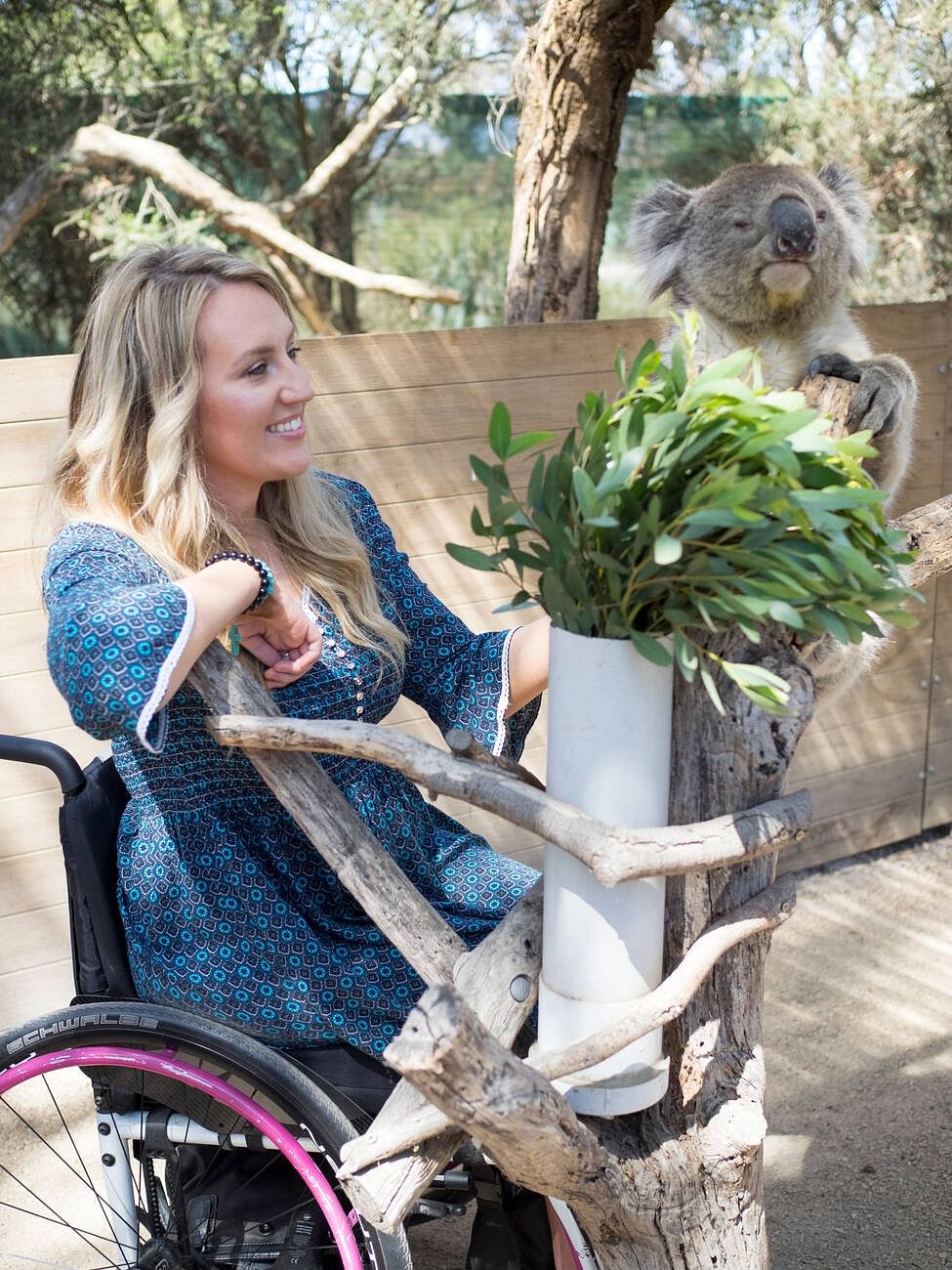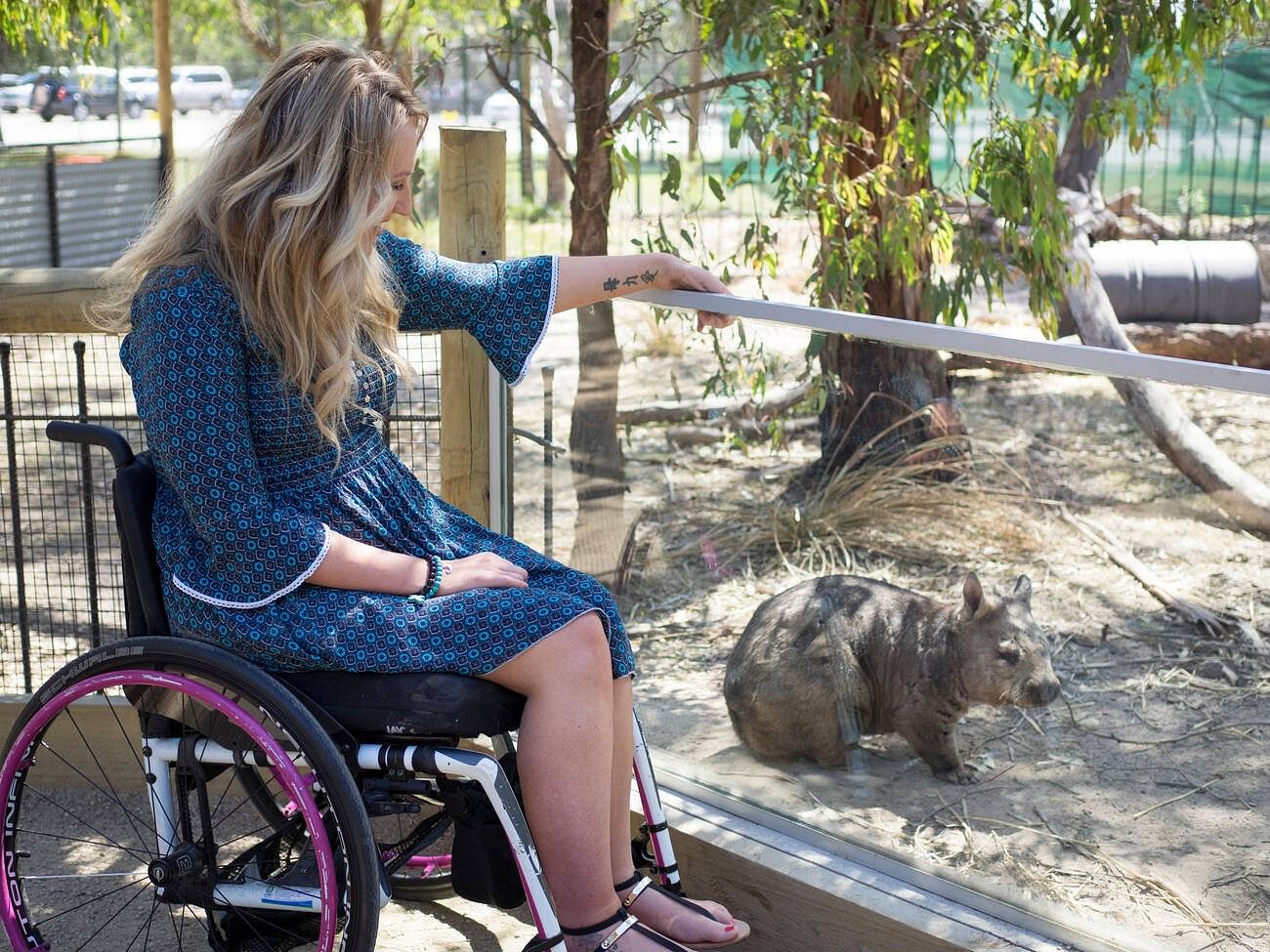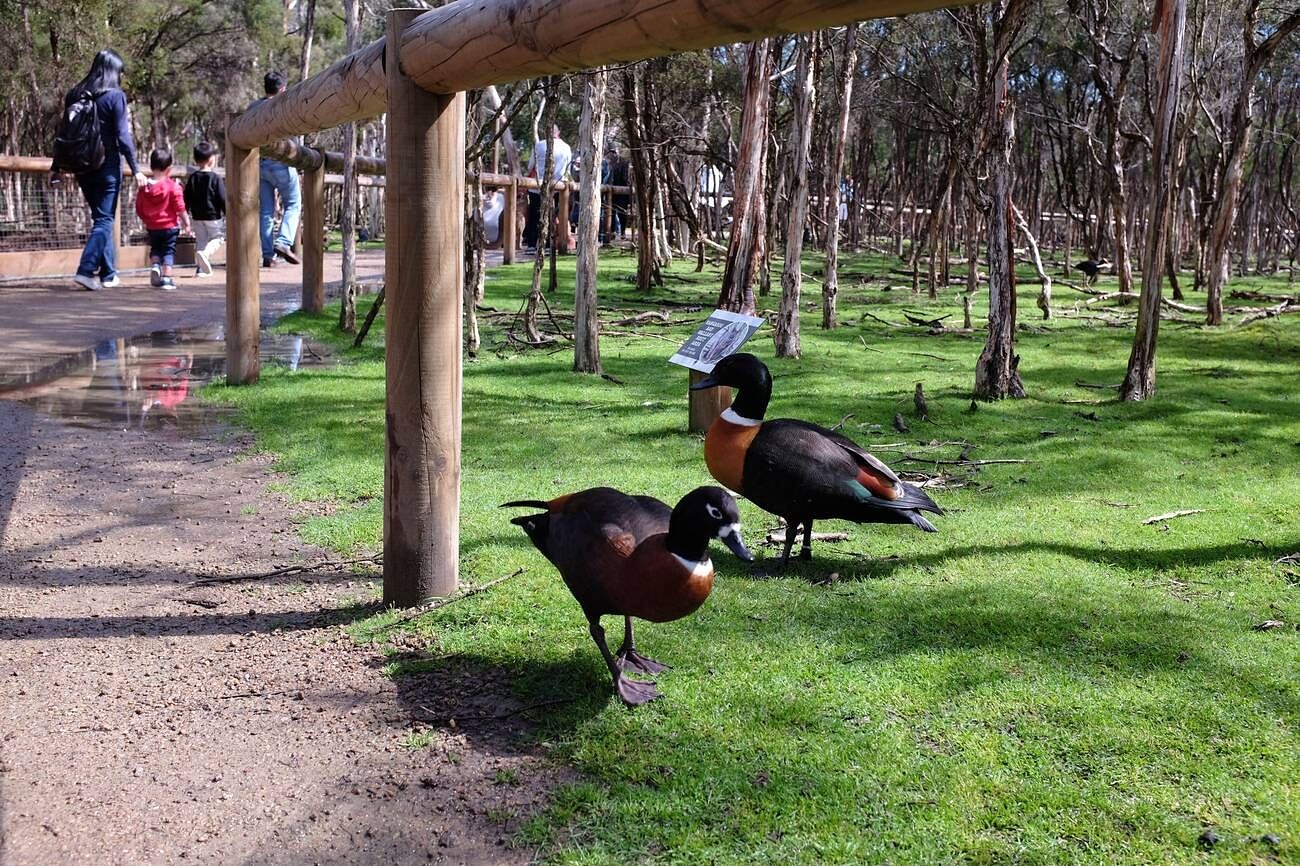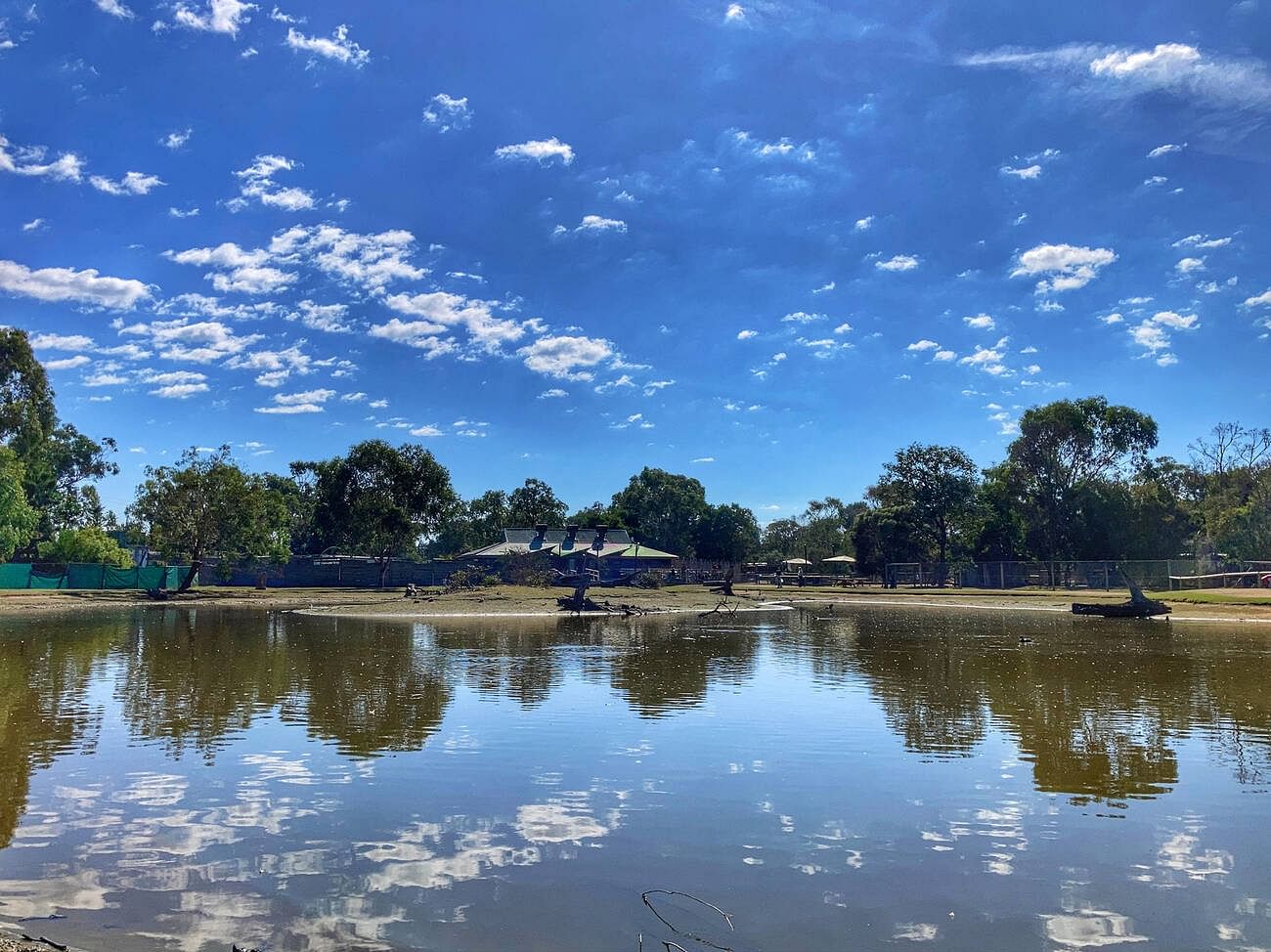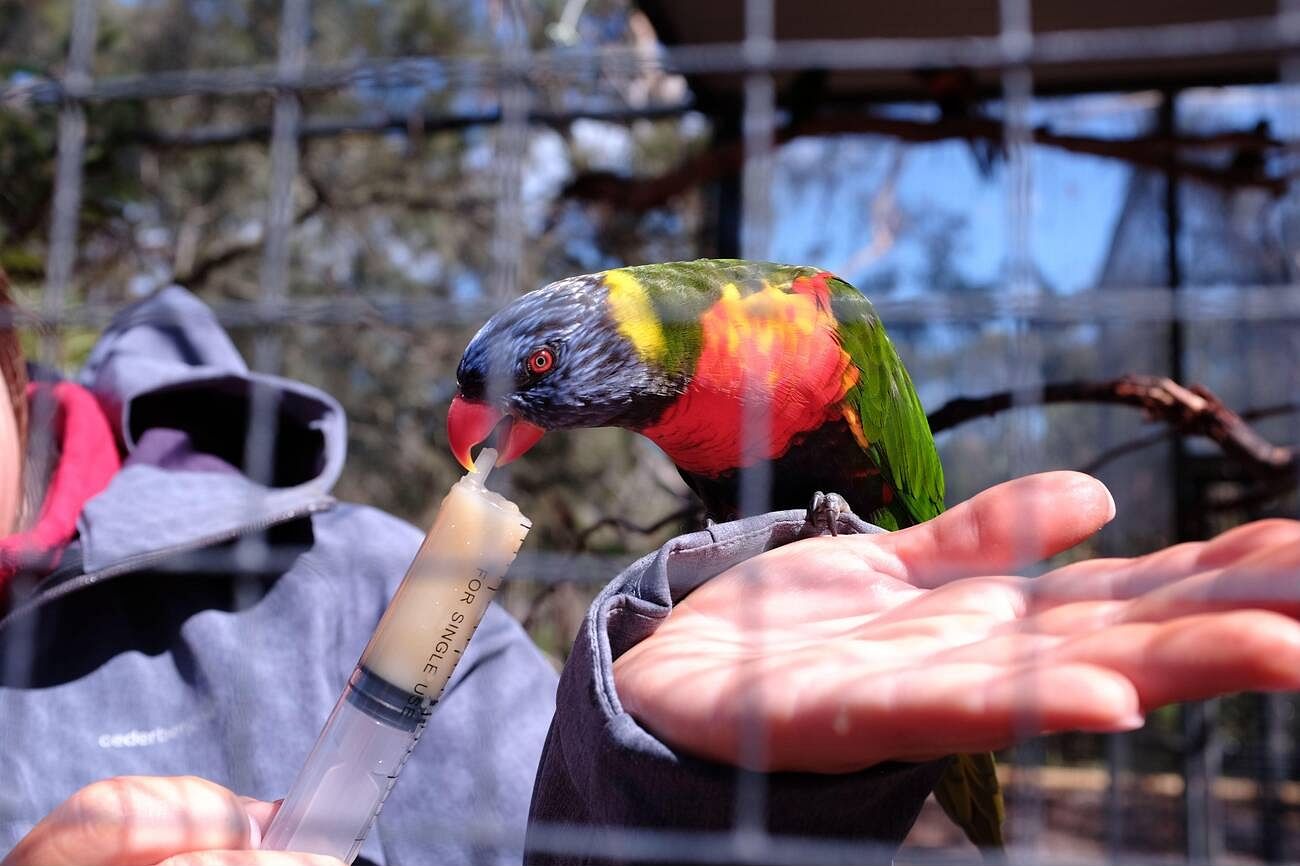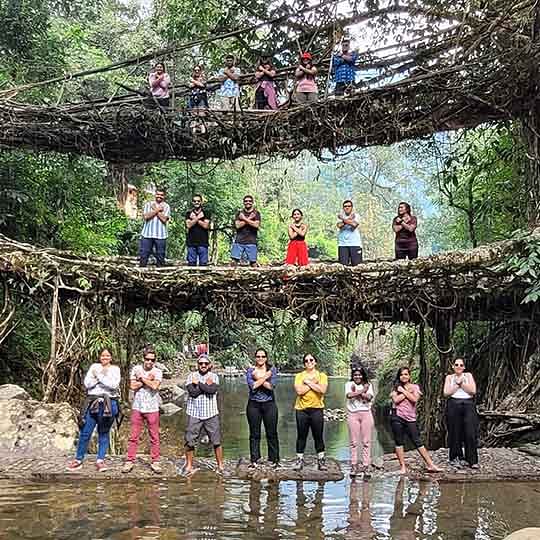Picture yourself cuddling koalas, holding pythons and owls, and experiencing a special Threatened Species Tour that brings you face-to-face with rare creatures. Sounds quite like an adventure? The Australia Tour is incomplete without visiting Moonlit Sanctuary Australia, renowned for its incredible animal encounter experience. Located in the heart of Victoria, Moonlit Sanctuary offers more than just a typical tourist attraction; it is a conservation centre dedicated to protecting some of Australia’s most vulnerable species. From playful kangaroos to mysterious nocturnal creatures, Moonlit Sanctuary provides a unique opportunity to connect with Australia’s incredible wildlife.
Whether you’re a nature enthusiast, a family looking for an educational adventure, or a traveller seeking authentic Australian experiences, Moonlit Sanctuary promises unforgettable moments that will inspire and educate you about the importance of wildlife conservation.
Moonlit Sanctuary Animals’ Conservation Beyond Sanctuary
Moonlit Sanctuary goes far beyond just preserving Australian wildlife. The sanctuary is dedicated to rehabilitating endangered species, actively preparing them for their natural habitats. The sanctuary’s team works tirelessly with carefully selected endangered animals, nurturing and strengthening them with the ultimate goal of returning these precious creatures to their rightful place —– the wild!Here’s the list of some of the Moonlit Sanctuary animals that the team is working to protect and save them from extinction.
- Bush Stone-Curlew: It is Australia’s second-largest glider, and inhabits across Victoria, New South Wales, and Queensland. With habitat loss causing a 30% population decline, Moonlit Sanctuary is developing innovative breeding strategies to prevent potential extinction.
- Koala: Moonlit Sanctuary’s Koala Corridor Project addresses the critical challenge of koalas being confined to small, fragmented bushland areas. This three-year project aims to support regional koala recovery and protect other threatened Moonlit Sanctuary animals by implementing targeted conservation activities across their habitat.
- Pookila: Pookila faces severe population decline due to multiple environmental challenges including inappropriate fire management, and climate change. Currently, these animals are not on public display but are carefully maintained in Moonlit’s Mammal Conservation Breeding Centre.
- Regent Honeyeater: The honeyeater bird’s population has been reduced to fewer than 500 birds remaining in the wild and rare flocks of just 20 birds. Moonlit Sanctuary actively participates in the captive management program, having successfully bred 7 birds, with 40 birds released into the wild in 2013. Four more birds are scheduled for release in New South Wales.
- Tasmanian Devil: Tasmanian devils, once widespread in Australia, now survive only in Tasmania’s diverse habitats. They face critical extinction due to the Devil Facial Tumor Disease, which emerged in 1996. Their population has dramatically dropped to just 10% of their original numbers. Wildlife parks and zoos have established a managed population of around 500 devils to prevent their complete disappearance.
- Squirrel Glider: The squirrel glider faces survival challenges. Extensive logging has destroyed old trees drastically reducing their natural nesting hollows. Despite these challenges, the gliders continue to breed annually. Moonlit Sanctuary collaborates with zoos and wildlife parks to maintain a captive population.
- Spot-Tailed Quoll: Quoll populations are rapidly declining due to multiple threats. Land clearing has destroyed and fragmented their habitat, while predators like cats and foxes compete for prey. Moonlit Sanctuary is collaborating with the Zoo and Aquarium Association to develop and manage a national breeding program.
Suggested Read: Top 30 Things To Do In Australia. Thrilling Adventures 2025
Top Things To Do At Moonlit Sanctuary Australia
Explore the best things to do at Moonlit Sanctuary below:- Take Guided Tours: There are guided tours for each animal ranging from 30 minutes to One hour. Getting up close to animals in their natural habitat is one of the best things to do at Moonlit Sanctuary. While booking your visit, you can check out the animal encounter timetable to choose your tour.
- Feed Moonlit Sanctuary Animals: Explore the bushland and hand-feed kangaroos and wallabies. Strictly follow the guide’s instructions.
- Learn From Keeper Talks: Learning about the animals from the park’s keepers in the show arena is one of the best things to do at Moonlit Sanctuary. You can also take the Threatened Species Tour. This tour helps Get up close to some of Australia’s most endangered species.
Moonlit Sanctuary Australia Timings
- Moonlit Sanctuary is open every day except Christmas.
- Moonlit Sanctuary Timings: 9:30 AM to 4:00 PM
Note: Any entry won’t be allowed after 3 PM
Tickets For Moonlit Sanctuary Australia
Moonlit Sanctuary Australia Location
Moonlit Sanctuary, 550 Tyabb-Tooradin Rd.
Pearcedale,
Victoria 3912
Australia
Best Time To Visit Moonlit Sanctuary Australia
The best time to visit Moonlit Sanctuary is during the summer months (March to May) when the climate is perfect. Also, this is when you can fully enjoy wildlife experiences.
Mornings are the best time to visit Moonlit Sanctuary, offering the most active and engaging animal encounters.
Please note that the encounters might get cancelled if there are any severe weather conditions.
Moonlit Sanctuary Night Tours
- Joining a night tour to see native Australian animals active in their natural habitat is an incredible experience.
- These tours run for 1.5-2 hours, starting between 7 to 8:30 PM based on the season.
- You will see unique animals including potoroos, gliders, quolls, and pademelons.
- You need to book in advance as the spots are limited.
There are various primary and secondary education programs for students ranging from Kinder to foundation, to grades 7, 8, 9, and 10. Moonlit Sanctuary serves as a living classroom for students to understand wildlife better. Things To Remember While Visiting Moonlit Sanctuary
Visiting Moonlit Sanctuary requires understanding a few key guidelines to ensure a safe and enjoyable experience for everyone.- Students must be supervised at all times by their teachers and attending staff.
- All the visitors are expected to follow the sanctuary’s Code of Conduct and be taught to respect wildlife.
- Dress appropriately with closed-toe shoes, a hat, and layers for changing temperatures.
- Bring a raincoat if rain is expected, and don’t forget insect repellent during warm, wet seasons.
- Students can pack a lunch box and water bottle. They can have lunch at the designated area in the sanctuary.
- Don’t litter the sanctuary as it causes inconvenience to both the animals and the sanctuary’s staff.
Suggested Read: 30+ Places To Visit In Australia: Explore Hidden Gems 2025




